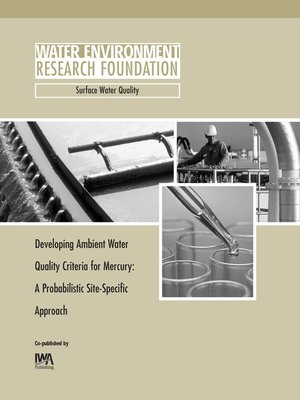Develop and Demonstrate Fundamental Basis for Selectors to Improve Activated Sludge Settleability
ebook ∣ WERF Research Report
By Donald M. D. Gray (Gabb)

Sign up to save your library
With an OverDrive account, you can save your favorite libraries for at-a-glance information about availability. Find out more about OverDrive accounts.
Find this title in Libby, the library reading app by OverDrive.



Search for a digital library with this title
Title found at these libraries:
| Library Name | Distance |
|---|---|
| Loading... |
Successful operation of the activated sludge process relies heavily on the ability to effectively separate mixed liquor into return activated sludge (RAS) and a high quality final effluent. Solids separation efficiency is dictated in large part by the relative population of floc-forming and filamentous microorganisms present in the activated sludge. During normal operation, mixed liquor will be composed primarily of floc-formers with relatively low levels of filamentous organisms. Some population of filamentous organisms is necessary to promote the formation of larger flocs and prevent development of a "pin-floc" condition, which often results in high effluent turbidities (Jenkins, 2004). However, when conditions favoring the growth of filaments over floc-formers occur, a condition commonly referred to as filamentous "bulking" may occur.







